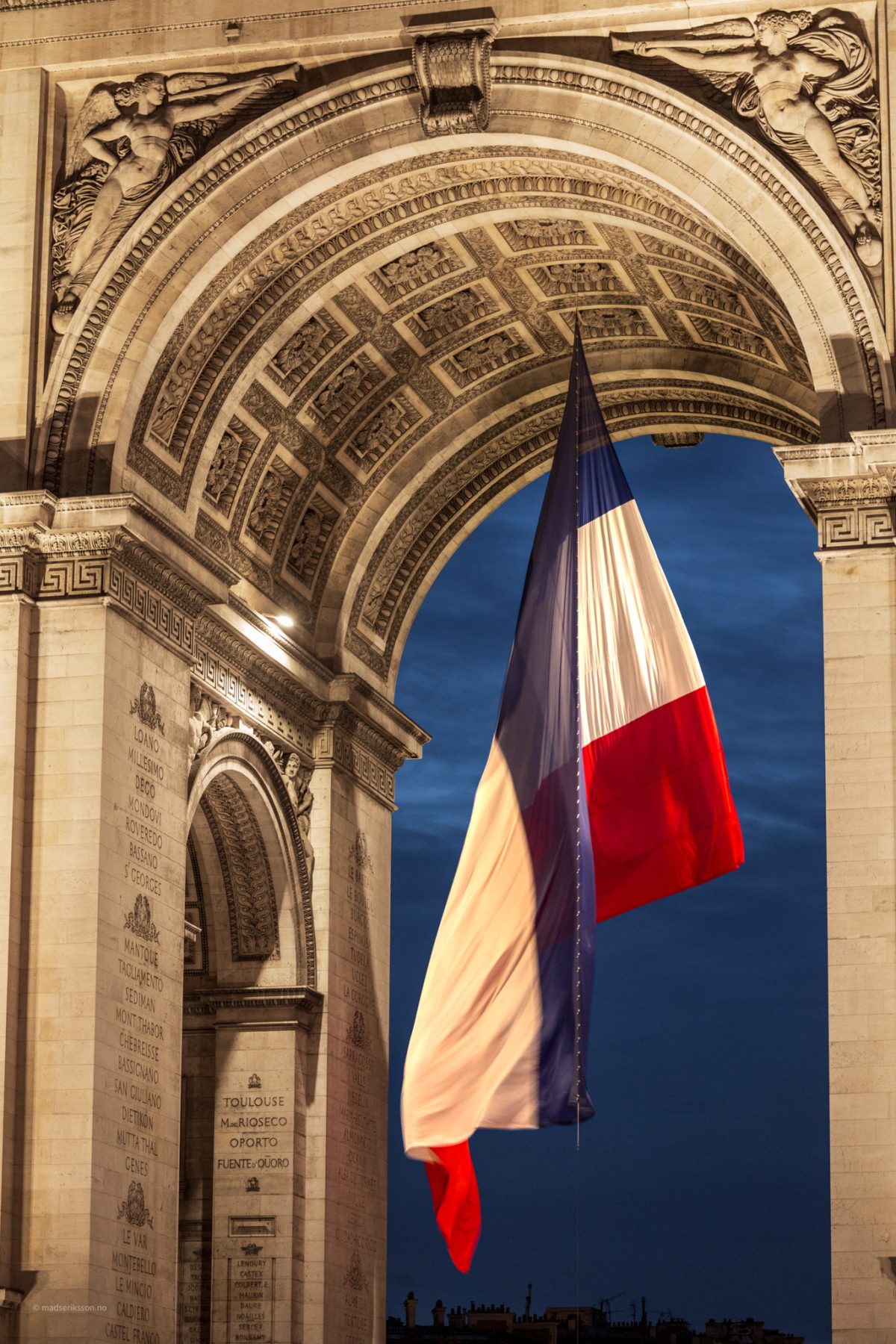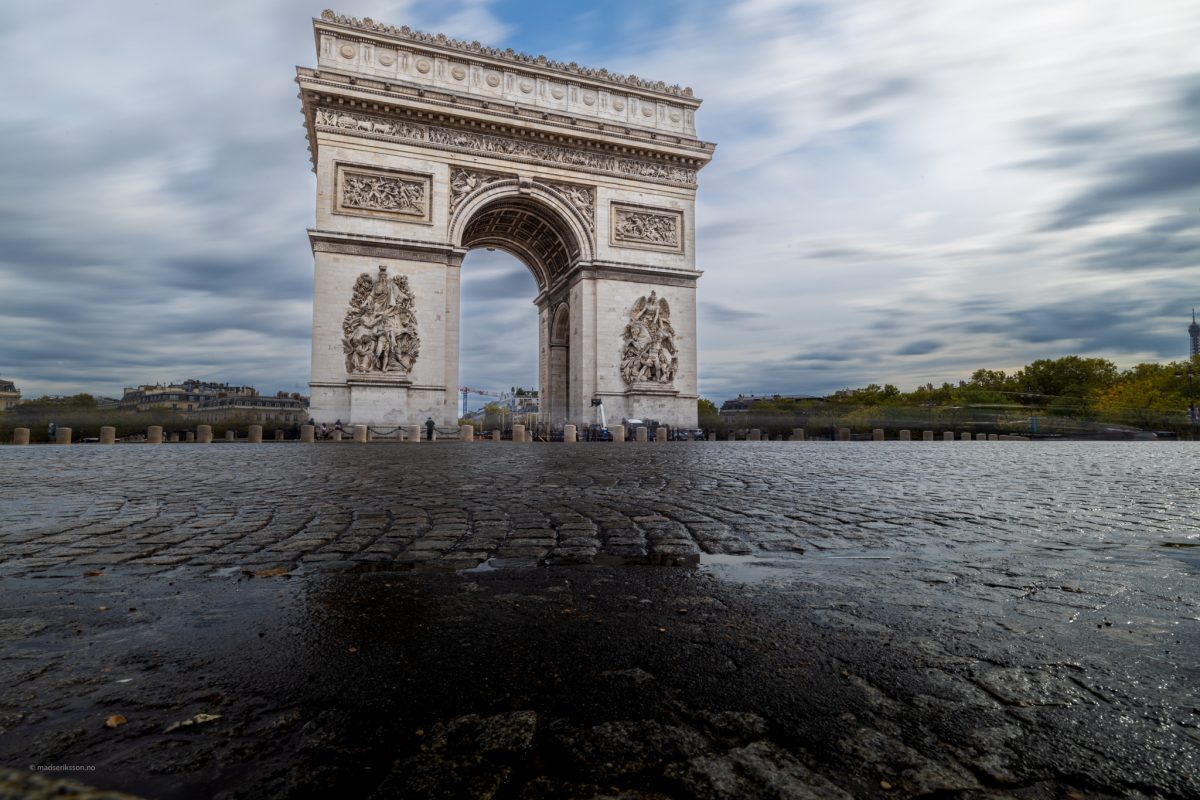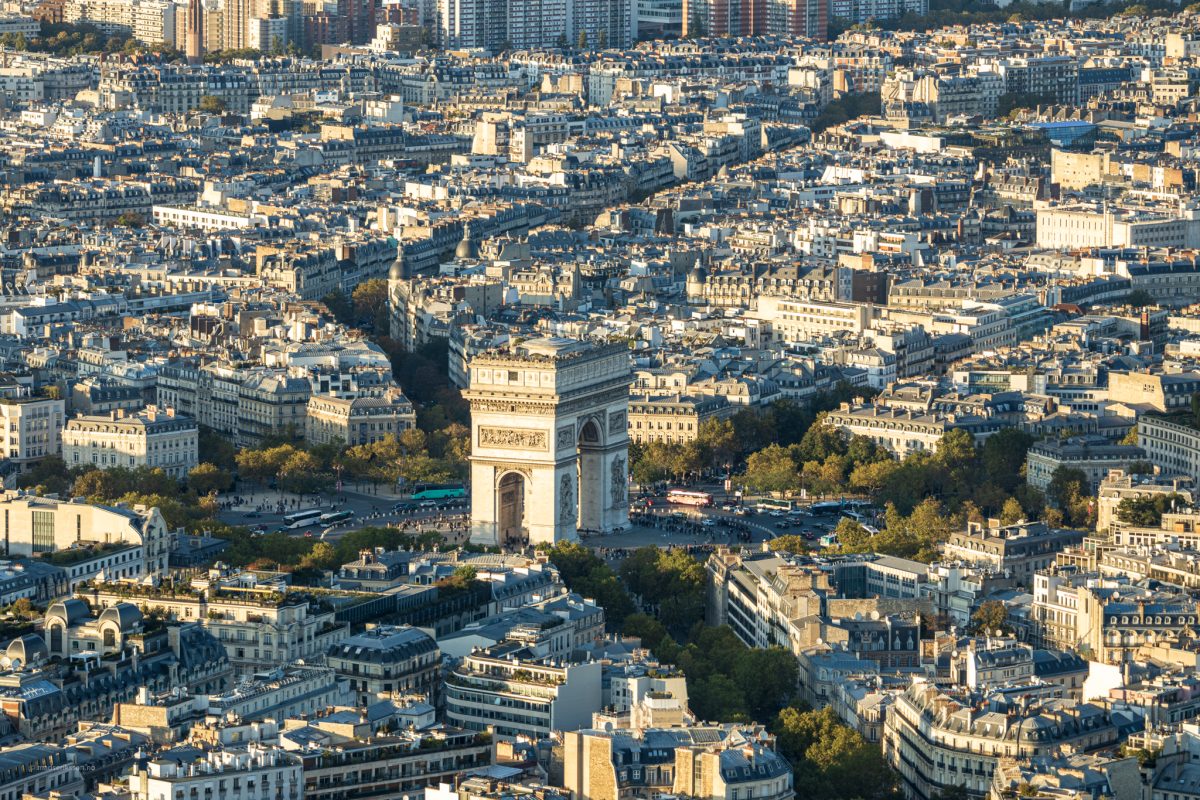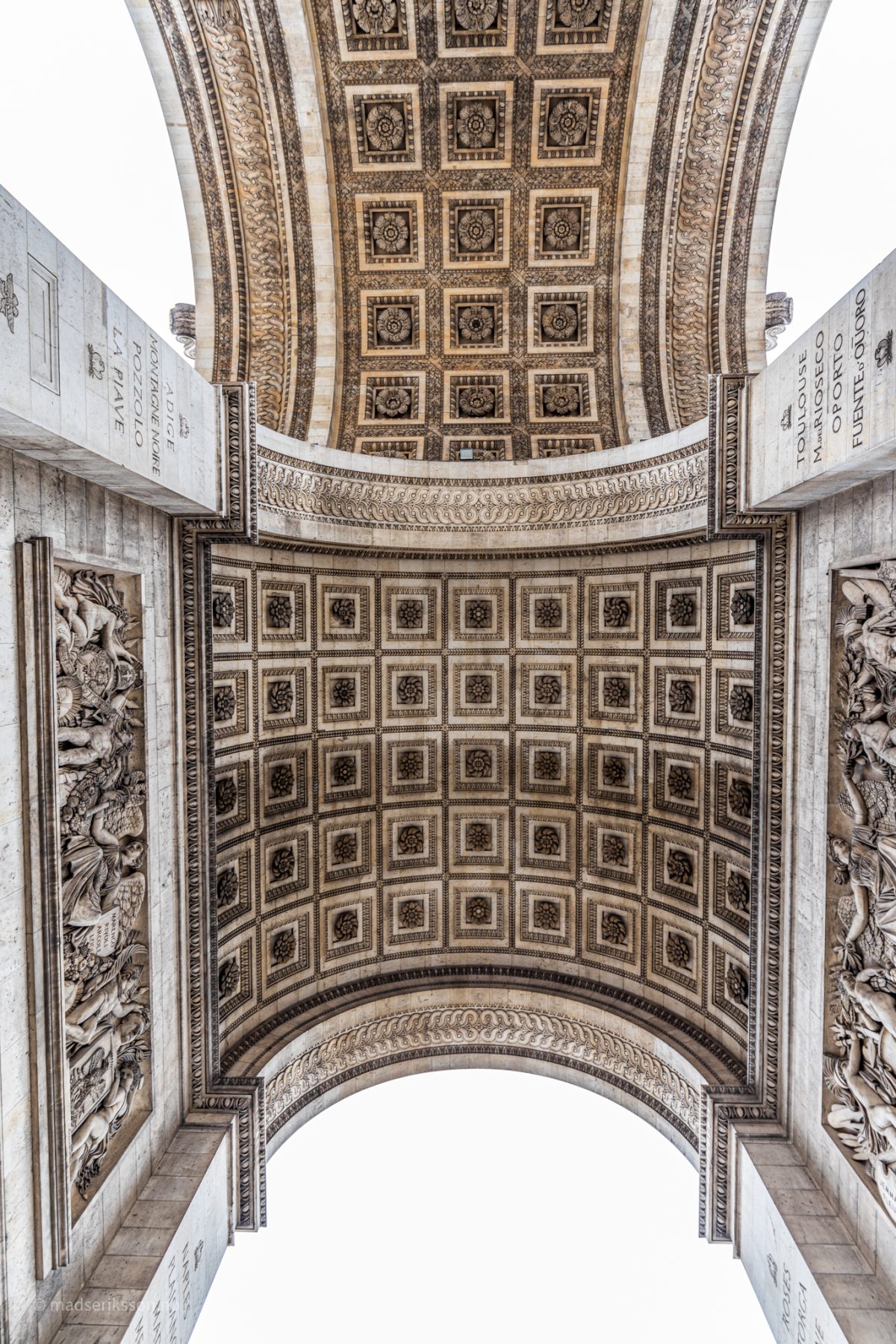The Arc de Triomphe, an iconic symbol of Paris and French national pride, stands majestically at the western end of the Champs-Élysées. Commissioned by Napoleon Bonaparte in 1806 after his victory at Austerlitz, this monumental arch serves not only as a tribute to military triumphs but also as a reminder of the sacrifices made for France’s liberty.



Historical Significance
Construction of the Arc de Triomphe began in 1806 and took nearly three decades to complete, with its inauguration occurring in 1836. Designed by architect Jean Chalgrin, the structure is inspired by Roman architecture but integrates distinctly French elements. Standing 50 meters high (164 feet) and measuring 45 meters wide (148 feet), it is adorned with intricate sculptures that depict various battles and historical events from the French Revolutionary Wars and Napoleonic Wars.
The arch honors those who fought for France, featuring reliefs representing major figures such as Marengo, Austerlitz, Jena, and Friedland. Beneath its vault lies the Tomb of the Unknown Soldier from World War I—a poignant memorial commemorating fallen soldiers whose identities remain unknown.
Architectural Marvel
The design of the Arc de Triomphe reflects neoclassical influences characterized by grandeur and symmetry. Its impressive façade features four massive pillars supporting an enormous keystone while detailed bas-reliefs capture dynamic scenes of heroism—highlighting both victory and sacrifice.
Visitors can ascend to a viewing platform atop the monument where they are rewarded with breathtaking panoramic views of Paris. From this vantage point, one can see famous landmarks like the Eiffel Tower, Sacré-Cœur Basilica, and Notre-Dame Cathedral framed within a dazzling cityscape radiating outward along twelve avenues that converge at Place Charles de Gaulle—the square surrounding the arch.
Cultural Impact
Beyond its architectural beauty and historical significance, the Arc de Triomphe has become synonymous with national pride in France. It has hosted numerous ceremonies over generations—from military parades celebrating victories to solemn remembrances honoring those lost in battle. The annual Bastille Day parade on July 14th continues to showcase France’s military prowess against this grand backdrop.
Additionally, every year on November 11th—Armistice Day—the flame rekindling ceremony takes place at its base to honor Veterans’ contributions during World War I—a ritual that symbolizes resilience amidst loss.



